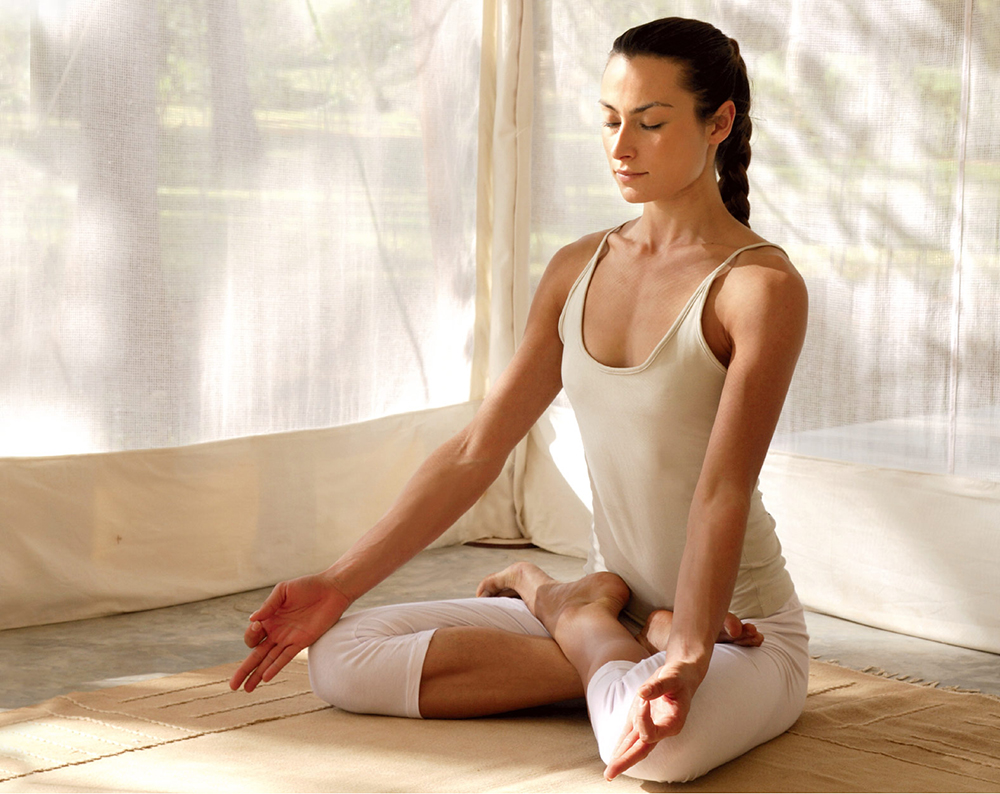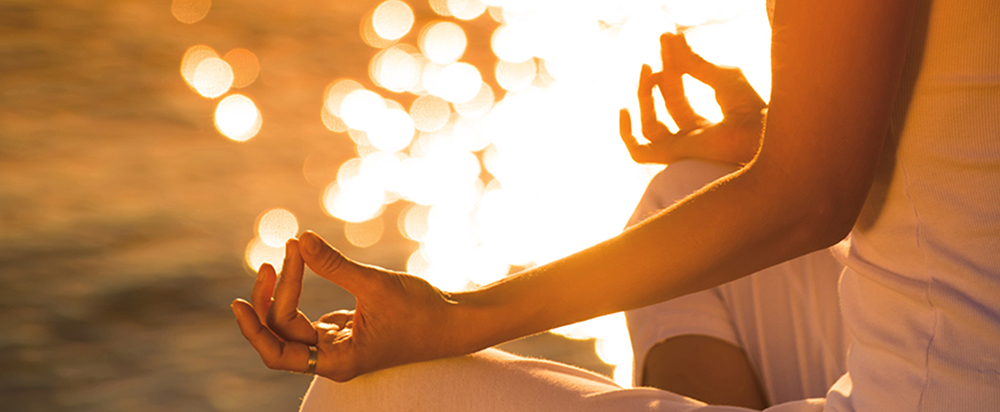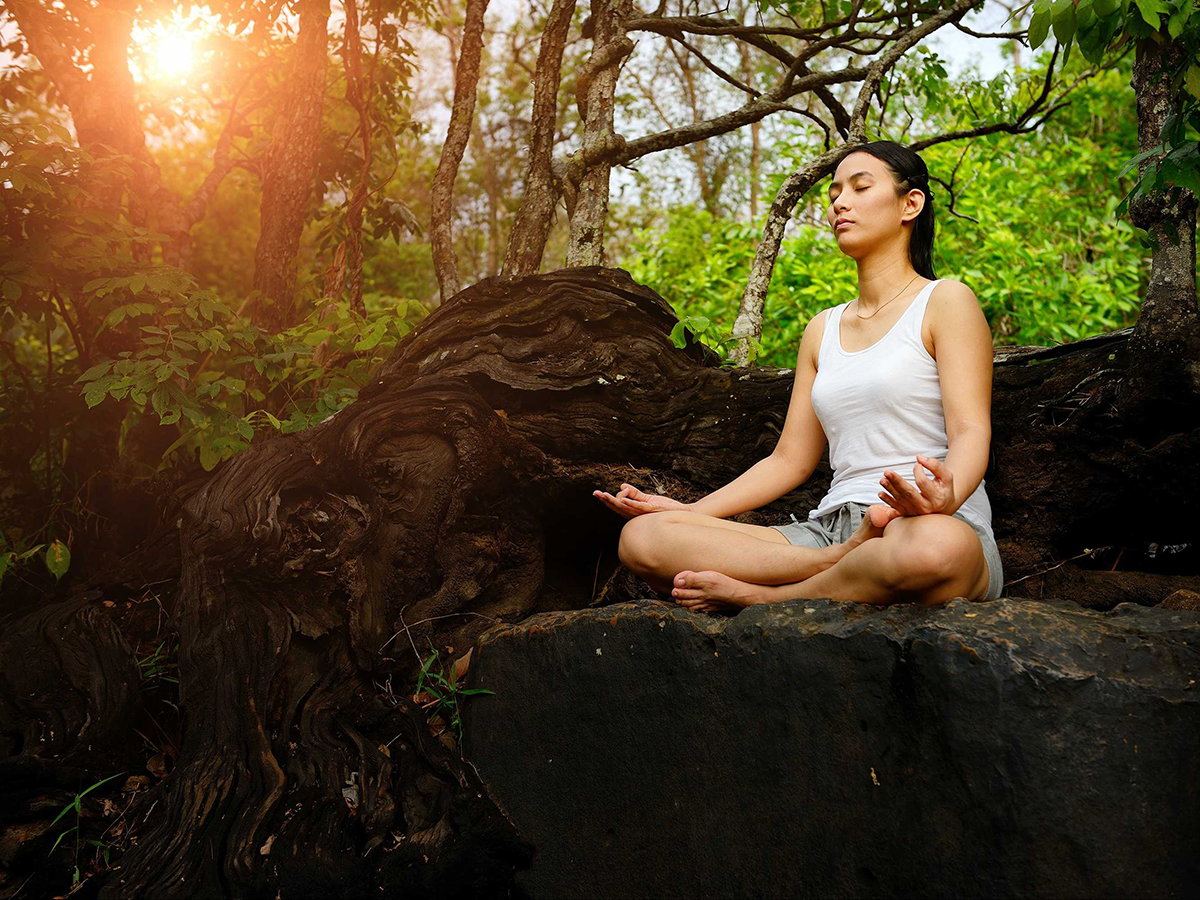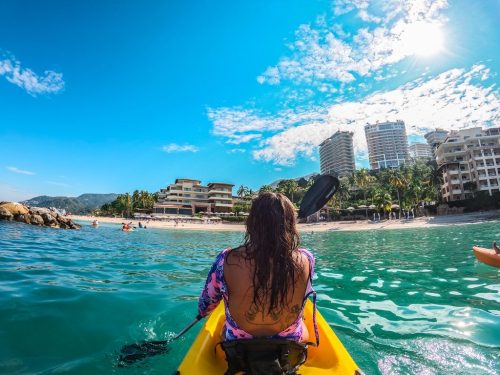Vipassana is a meditative practice that literally means “to see things are they really are.” It is a process of self observation, mental purification and acceptance of the present moment to achieve peace of mind and happiness by freeing ourselves from the deep-seated causes of mental suffering. In essence, vipassana is silent meditation whereby the meditator allows the state of “being” to permeate their body and mind, watching thoughts pass without becoming involved in or disturbed by them.
Vipassana Silent Retreat
Most commonly, vipassana is associated with silent retreats that usually last around 10 days, and many teachers recommend that in order to perform vipassana correctly, one needs to attend a course to fully integrate all of the elements necessary for successful vipassana meditation, which includes abstinence from killing, stealing, lying, sexual contact and the use of toxins like drugs and alcohol and certain breathing techniques.
The History of Vipassana

Considered one of the most ancient meditation techniques, vipassana is associated with the Buddha’s ministry over 2500 years ago and is said to have been the technique he taught to his disciples. Although the practice almost disappeared in India in the years after Buddha’s death, many devoted teachers have passed down the wisdom from generation to generation so that today we can still benefit from vipassana teachings. As such, you can find many centers around the world dedicated to vipassana that offer 10-day vipassana courses as well as retreats.
What to expect of a 10-day retreat

In general, it is recommended that newcomers to vipassana take a residential retreat with a qualified teacher. During these retreats, students do not leave the center, relinquishing all contact with the outside world (no internet, cell phones) to follow a demanding schedule of more than 10 hours of meditation each day. No reading, writing, religious practices are allowed and students are expected to remain in silence the whole time, refraining from communicating with companions at all times.
The practice is usually split into three stages:
-
Abstinence
Students prepare for their retreat by leaving behind harmful actions – no killing, stealing, lying, sexual contact, no drugs or alcohol etc.
-
Anapana
For the first three days of a Vipassana silent retreat, students practice anapana meditation which focuses on the breath and letting go of what no longer serves you to start gaining control over the mind.
-
Purification
The third step is the most important but is dependent on having completed the first two stages. This step is focused on purifying the mind of negativity and continues for the remaining 7 days of the Vipassana retreat. It is during this time that the silence begins to penetrate your physical and mental structures to bring clarity and insight.
10-day vipassana courses are the most popular, welcoming people of all levels of their meditative practice. However, advanced students may opt for longer courses of from 20 to 60 days.
Although vipassana meditation is associated with Buddhism, it is a practice that can be enjoyed by people of any religious background as well as atheists and agnostics. Its benefits are many with the capacity to transform individuals promoting compassion and tolerance.













